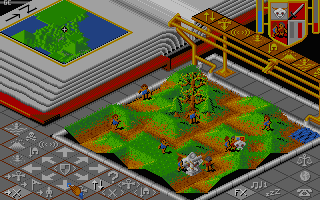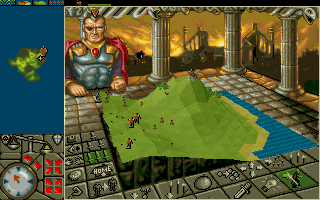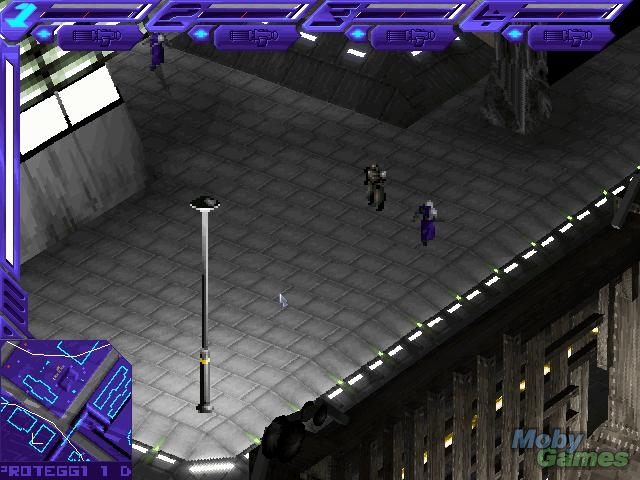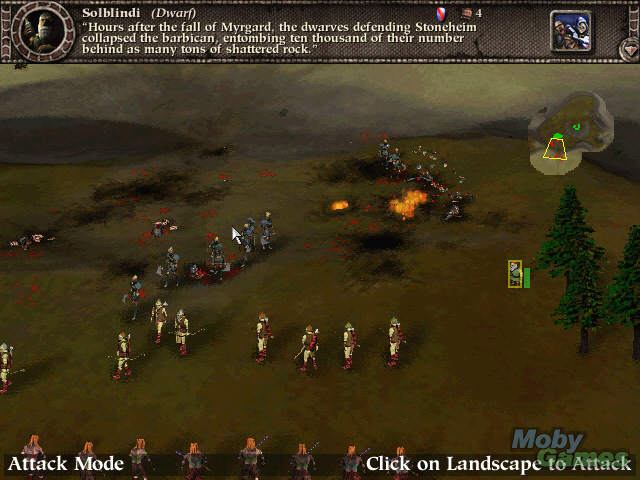My son David has always been kind of skinny. It’s been a bit of a concern for me and my wife for a while…even though he seems to eat a lot (and eat a lot of protein), he always looks a little underweight.
He recently had to have some shots, since he’s starting kindergarten this year. So we took him to the doctor. The nurse weighed him and measured him and then told us, “Well, he’s in the seventy-fifth percentile for his weight…”
I was aghast. “He only weighs seventy-five percent of what he should?”
“Oh, no, oh, no!” she laughed. “That means he weighs more than seventy-five percent of five-year-olds.”
“So he’s actually over the normal weight? Why does he look so skinny, then?”
“Well, because he’s in the ninety-fifth percentile for his height.”
I was stunned. He doesn’t look skinny because he’s underweight, he looks skinny because he’s about six inches taller than the average five-year-old! And he just turned five two weeks ago!
Needless to say, I was relieved.





